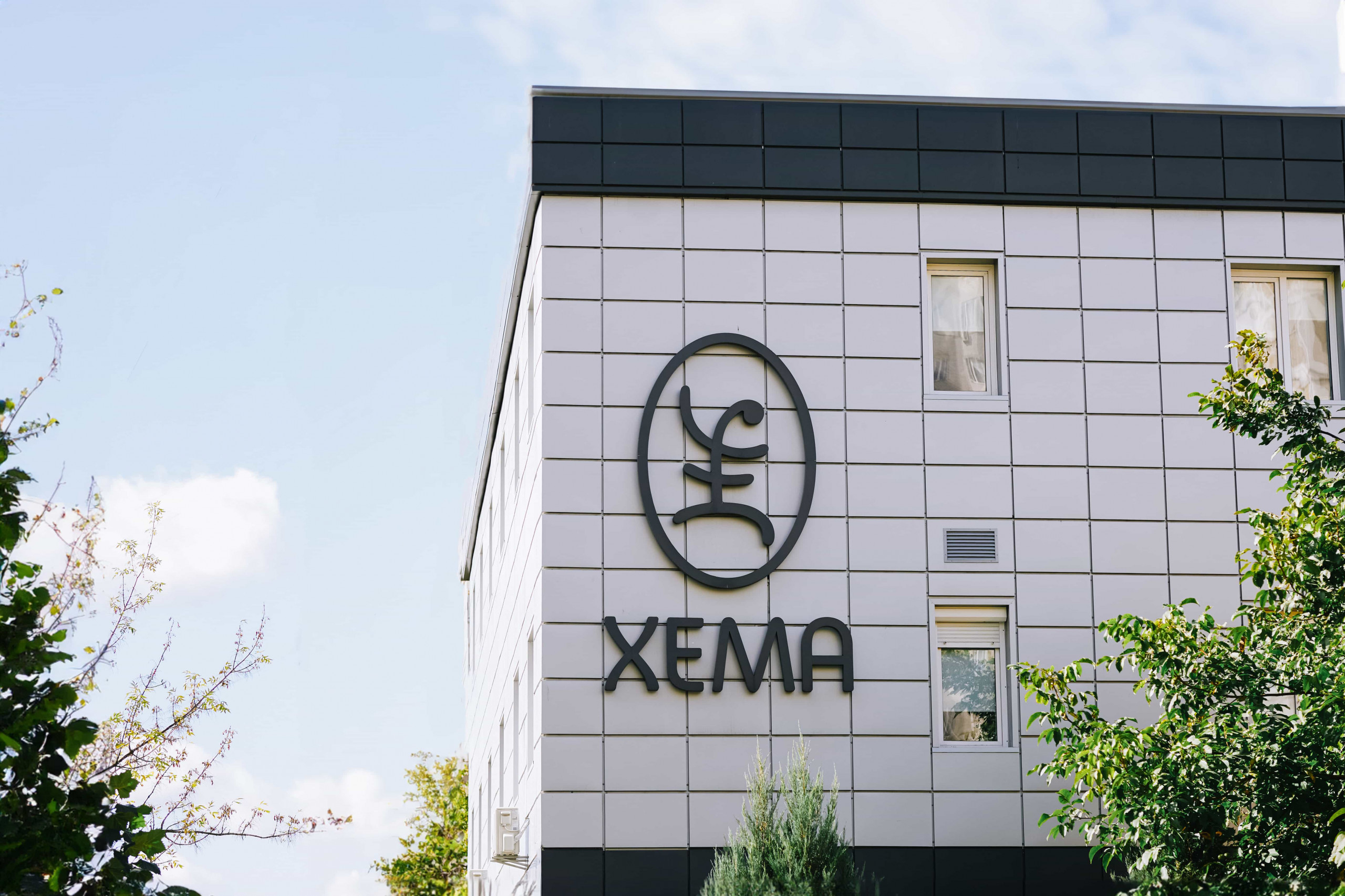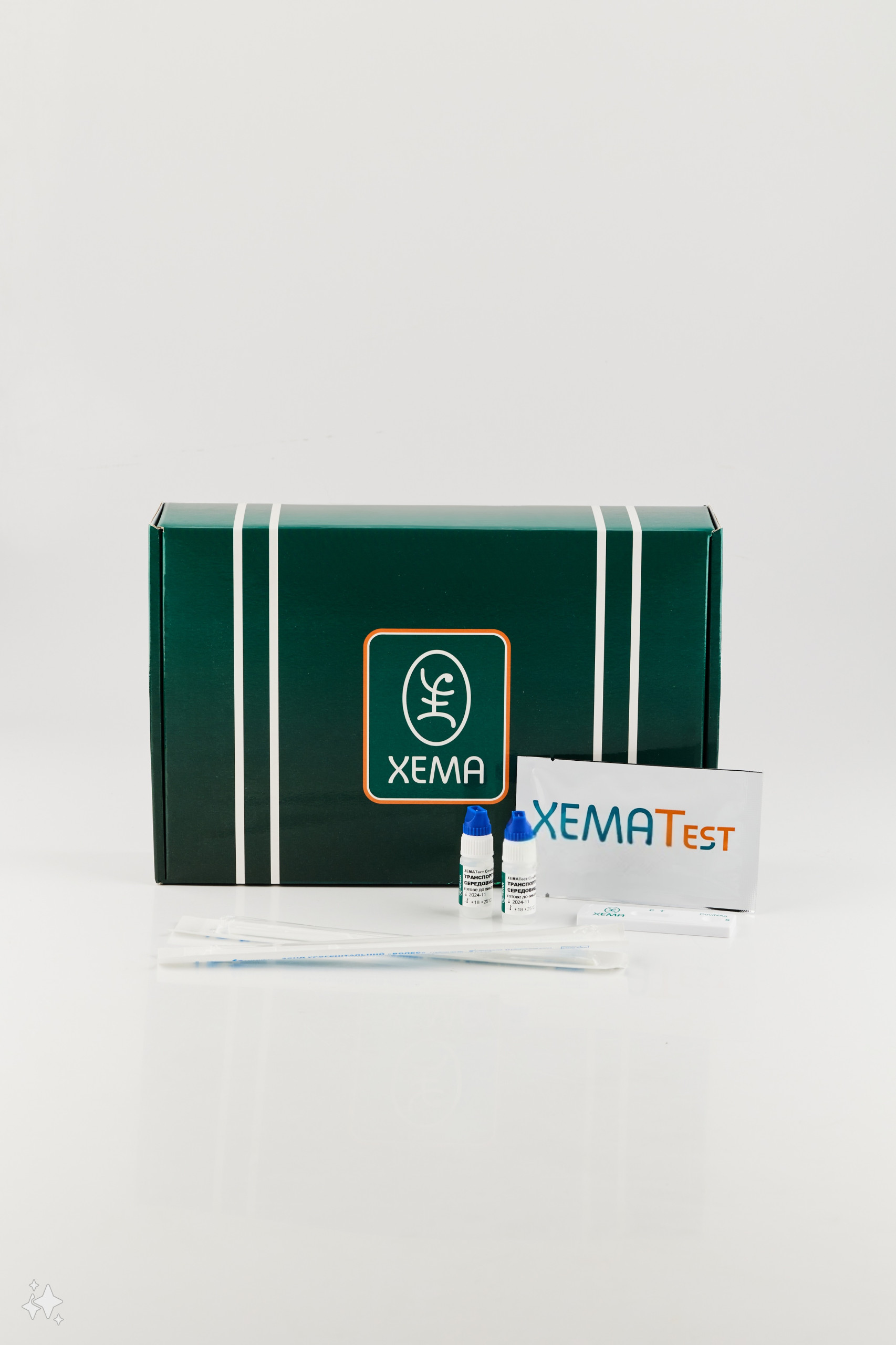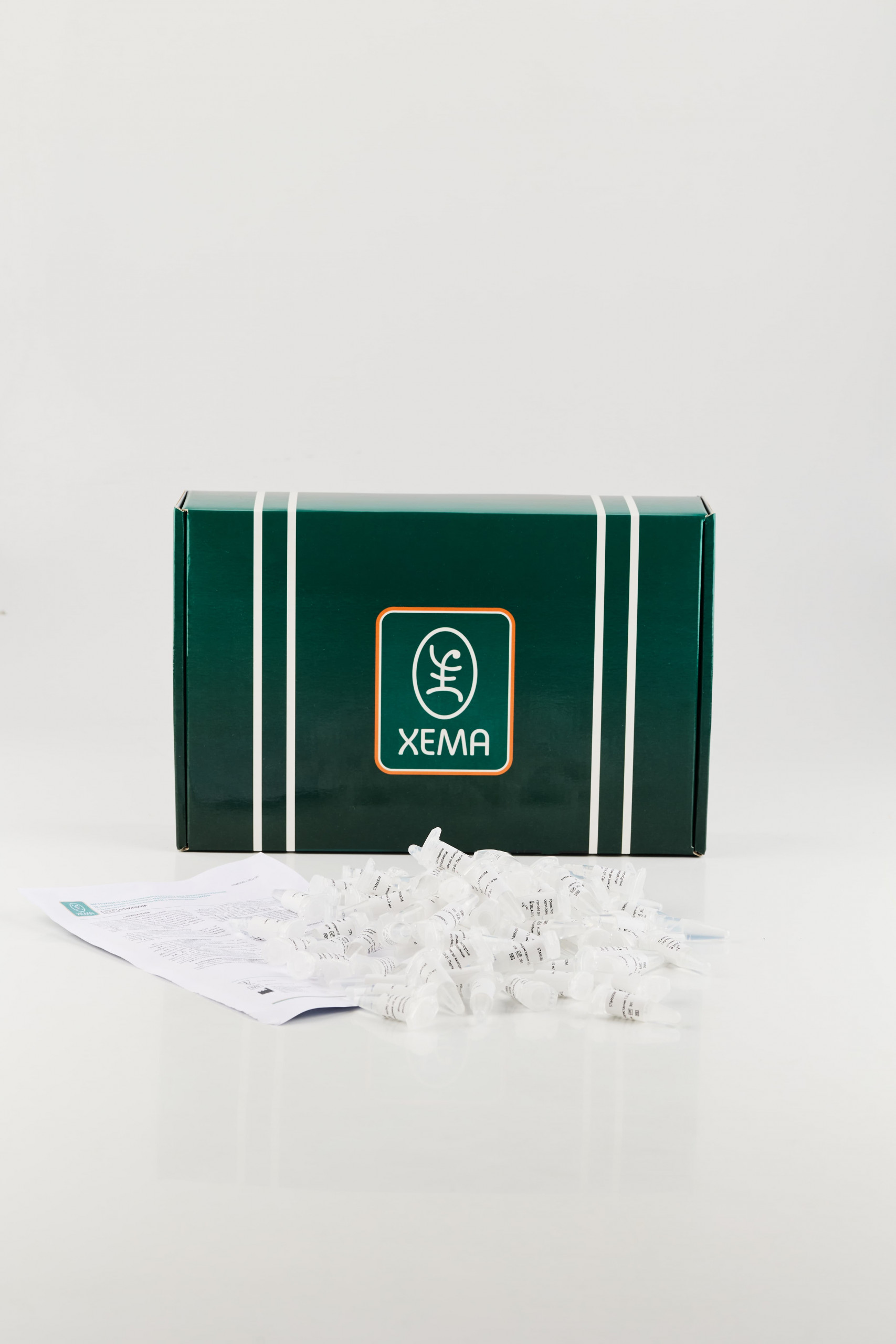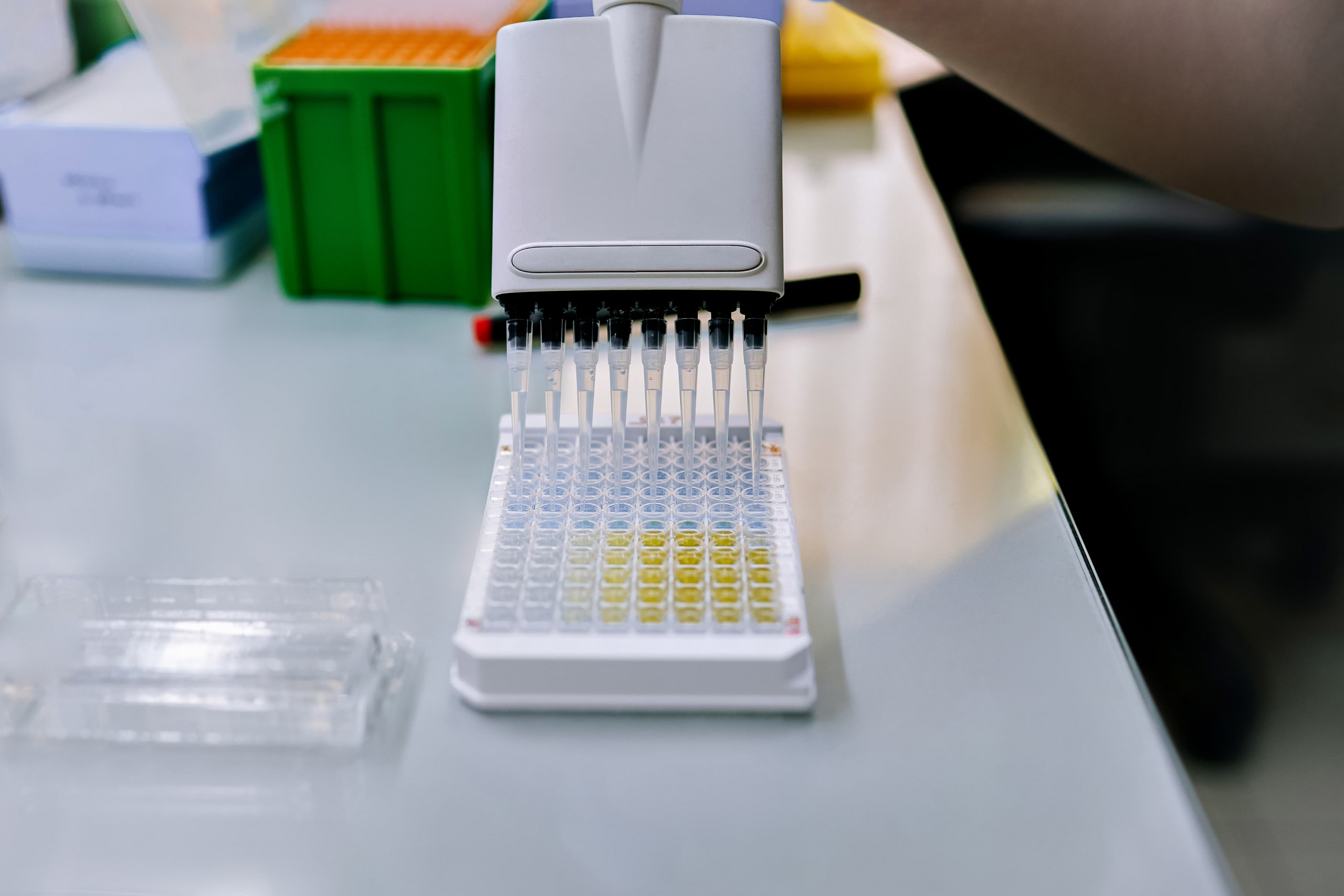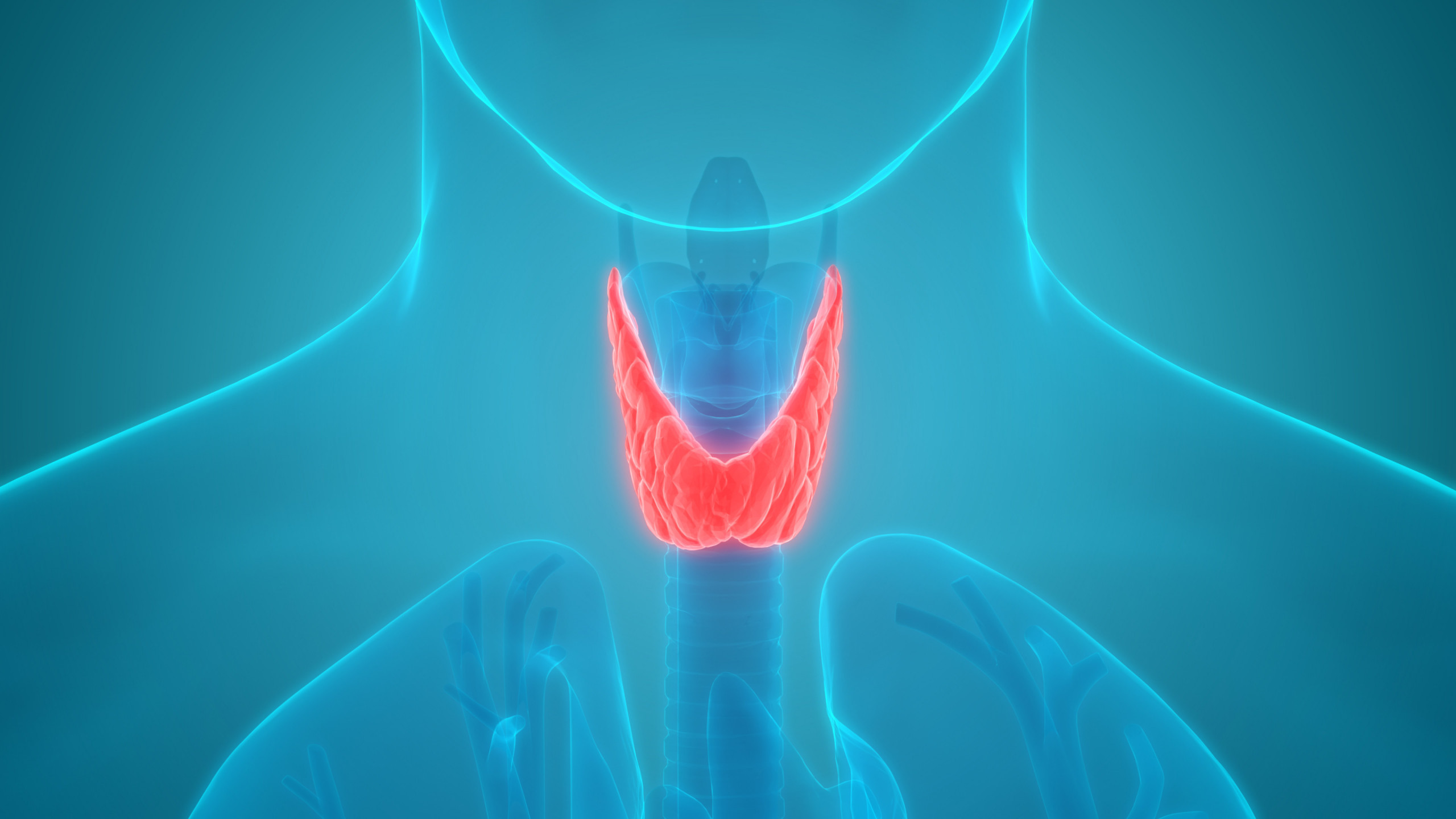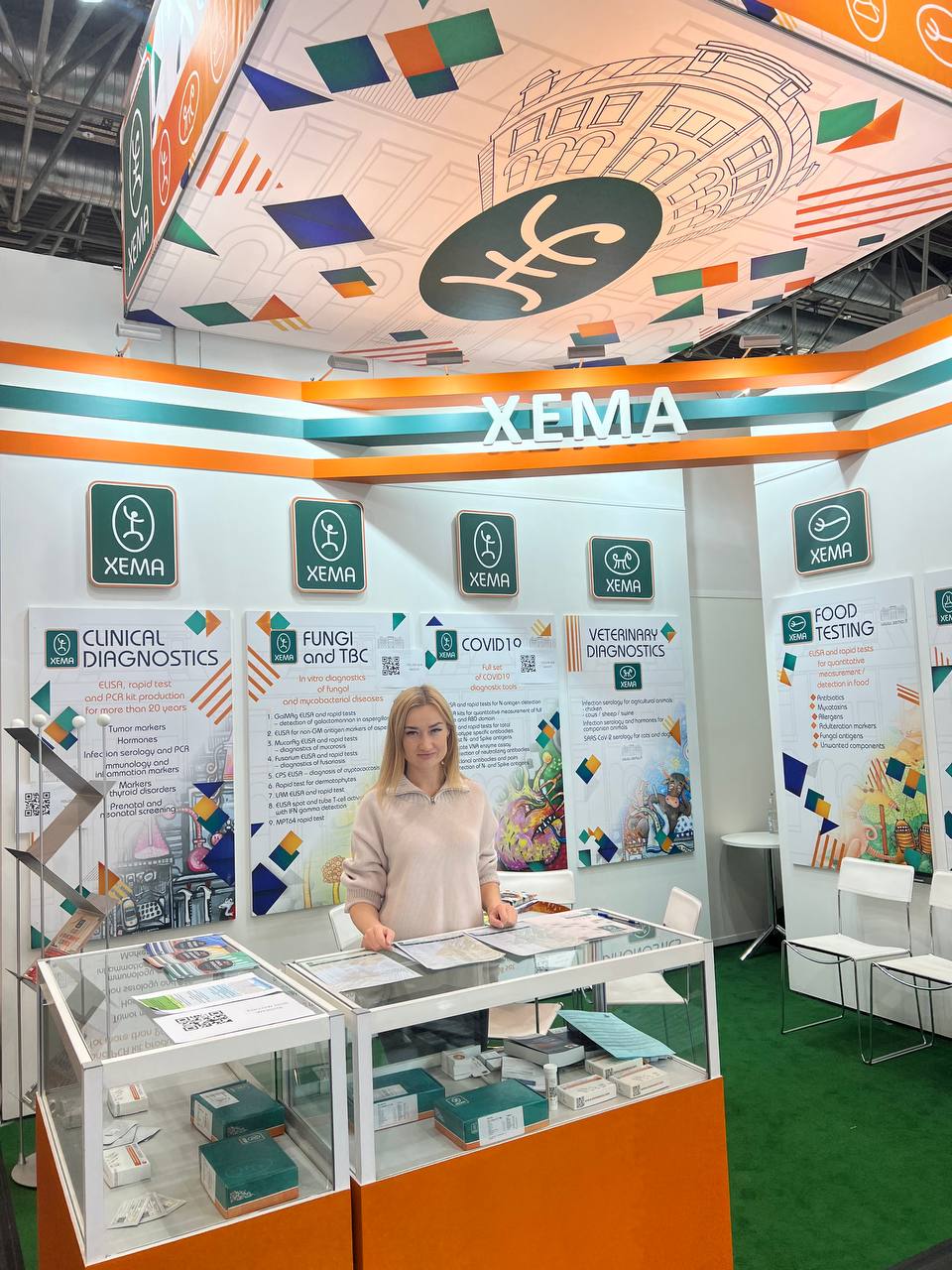XEMA LLC is a research and production company whose main activity is developing and producing a wide range of products for clinical diagnostics.
The company’s product range includes about 200 products for in vitro diagnostics. These are primarily ELISA test kits, real-time PCR kits, tests for rapid diagnostics, and nucleic acid extraction kits.
XEMA’s products are intended for the diagnosis of infectious diseases, diabetes, hormonal disorders, reproductive system disorders in men and women, determination of tumor markers and other human pathologies, as well as for the diagnosis of allergies.


